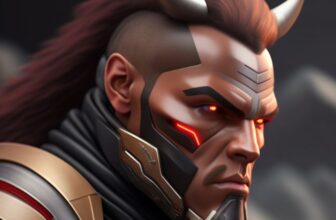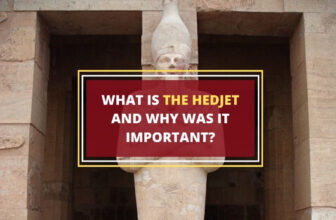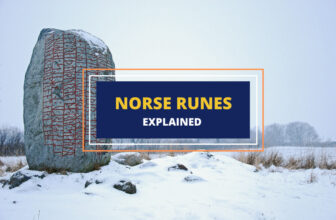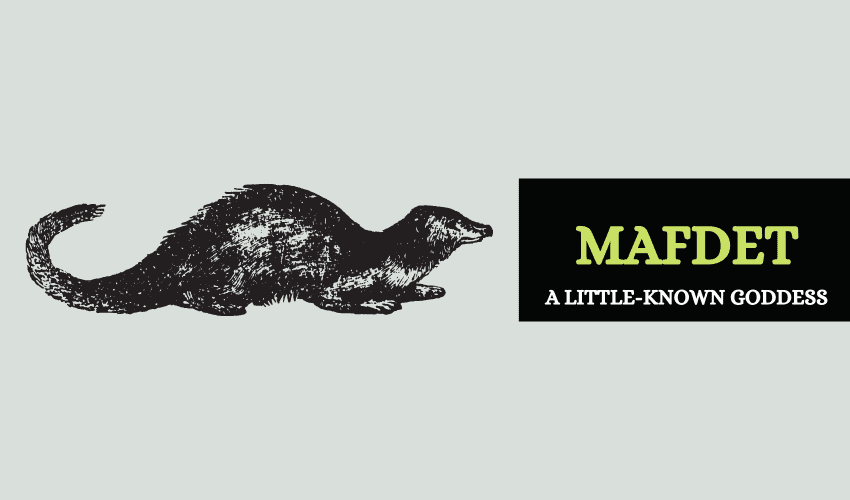
Along with such famous deities as Horus, Ra, Isis, and Osiris, there is a great number of lesser-known gods and goddesses of the ancient Egyptian pantheon, many of which remain mysterious and puzzling to this day. Mafdet, a protective goddess with associations with the sun and the killing of pests, is one of such elusive supernatural beings. Let’s learn more about this ancient goddess.
Who Was Mafdet?
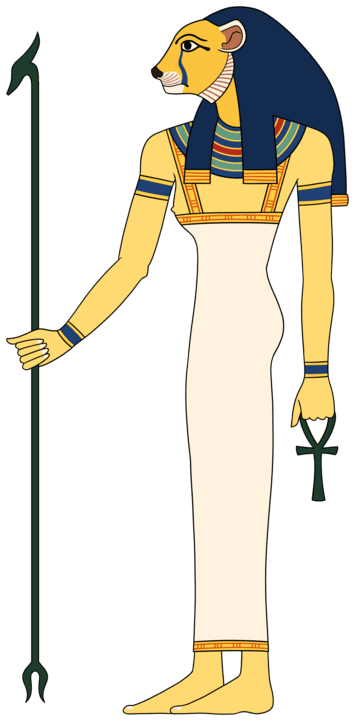
Although we know little about this particular goddess, Mafdet appears in Egyptian sources from very early in its history. She was prominent in the Pyramid Texts of the 4th Dynasty, but there are depictions of Mafdet as early as the 1st Dynasty. Her role seemed to be of controlling pests and chaos while protecting the pharaoh and the people of Egypt.
The protective nature of this goddess is attested in several magical objects from the Middle Kingdom, and she also appears in ostraca which, despite having no written text, seem to point to a series of tales stressing the apotropaic nature of Mafdet.
Mafdet was tasked with destroying harmful or chaotic creatures such as serpents and scorpions, and this was not so much a practical responsibility as a symbolic one. This is why we can see Mafdet appear in the New Kingdom funerary scenes and texts, punishing the unworthy souls who fail their judgment in the afterlife. Thus, she became a symbol for justice in ancient Egypt.
Mafdet in the Egyptian Pyramid Texts
One of the most interesting and lengthy documents that talk about Mafdet are the Pyramid Texts. These long string of tales, instructions, and incantations were carved directly in the inner walls of the funerary halls inside the pyramids. The Pyramid Texts describe how Mafdet claws and gnaws at the indief snakes who threaten the deceased pharaoh. In other passages, she viciously decapitates the pharaoh’s enemies with her knife-like claws.
One interesting passage in the Pyramid texts associates Mafdet with a specific weapon used in executions, aptly named the ‘instrument of punishment’. This was a long pole with one curved end, to which a blade was fastened. Apparently, it was used in royal processions, carried by functionaries along with bright banners in order to signify the punishing power of the pharaoh. In depictions of this instrument, sometimes Mafdet appears in animal form climbing up the shaft, stressing her role as a punisher and a protectress of the pharaoh.
Depictions of Mafdet
Mafdet is almost always shown in animal form, but sometimes she was depicted as a woman with an animal head or an animal with a woman’s head. In the past, scientists debated exactly what kind of animal she was, and the possibilities ranged from small felines such as the ocelot and the civet to a kind of otter. Today, however, there is considerable consensus that the animal of Mafdet is, in fact, a small predatory mammal known as the African mongoose or ichneumon.
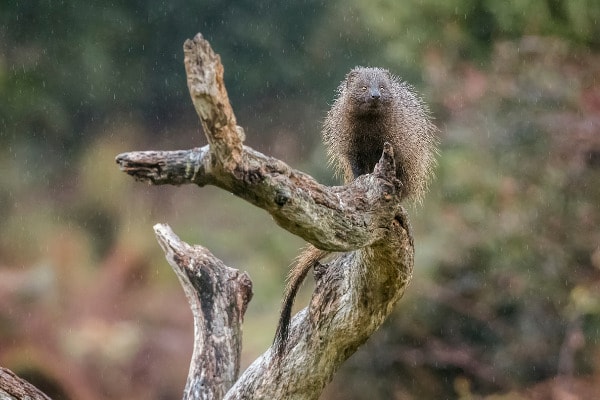
Ichneumons (not to be confused with the mosquito species of the same name) are native to Egypt and have since spread to most of Sub-Saharan Africa and even the south of Europe. They are roughly the size of an adult house cat, but with long bodies and faces.
Ancient Egyptians worshipped this animal, as it was known colloquially in ancient times as the ‘pharaoh’s rat’. Ichneumons were famous for skilfully tracking down and killing serpents, and a magical immunity to its venom was awarded to the small mammal. They were also said to kill crocodiles, despite their small size. While this was not entirely correct, they did keep the crocodile population at bay because they were able to find and eat the eggs of this dangerous animal. In the zones of Egypt where crocodiles were seen as sacred, Mafdet’s worship was understandably not very popular. There, she would be replaced with Bastet, another apotropaic, pest-killing goddess.
In most of Mafdet’s depictions, owing to her solar and royal associations, she was represented with a solar disk over her head, and sometimes with a uraeus too. Her silhouette is stylized, and her eyes are sometimes lined. She frequently appears in connection to the weapon known as ‘instrument of punishment’, and is also depicted in the process of hunting and killing dangerous animals.
Mafdet’s Worship
No sources have survived that speak of a proper cult of Mafdet. However, this does not mean she lacked a cult of her own. She is frequently mentioned in temple inscriptions, especially from the Third Intermediate Period and the Late Period. Some late papyri contain spells to protect individuals, including one where Mafdet is invoked so as to counter the harmful effect of spirits and ghosts. This spell was to be spoken by a priest while holding a loaf of bread, that was later given to a cat to eat. While the animal fed on the enchanted bread, it was believed that Mafdet’s protection would appear and the evil spirits would leave the person alone.
Mafdet seemed to be an important goddess that protected the people and the pharaohs in Egypt, and while she seemed to have no large-scale cult, temples dedicated to her, or festivals to her name, she was still instrumental in bringing order and protection to the lives of ancient Egyptians.
Wrapping Up
Although at one time she appears to have been an important goddess, today little is known about Mafdet, apart from the fact she was fierce and protective. Her solar associations made her close to the gods, and her main responsibilities included protecting both the pharaohs and the Egyptian population from harmful animals and spirits. Thanks to this, her figure was worshipped by the people since the 1st Dynasty until the Roman Period of Egypt.





